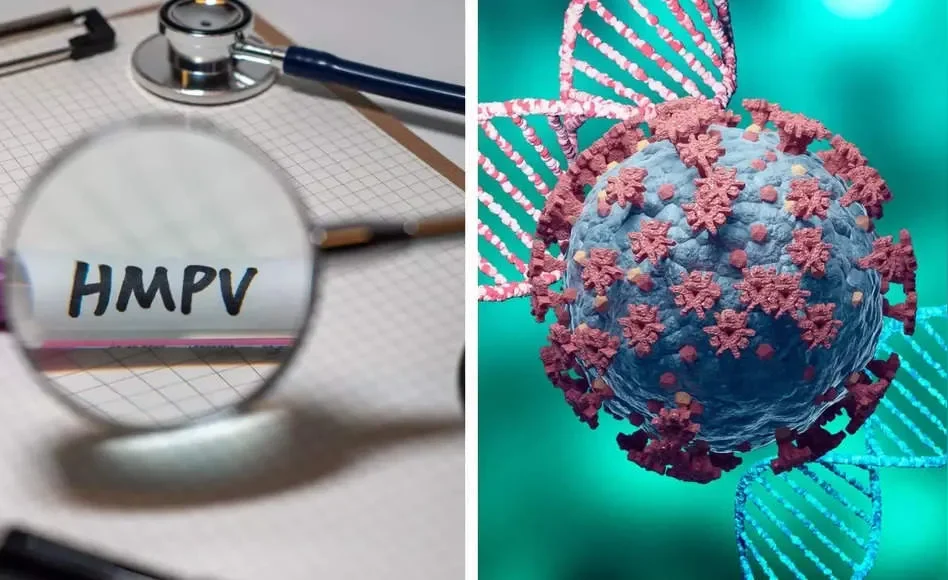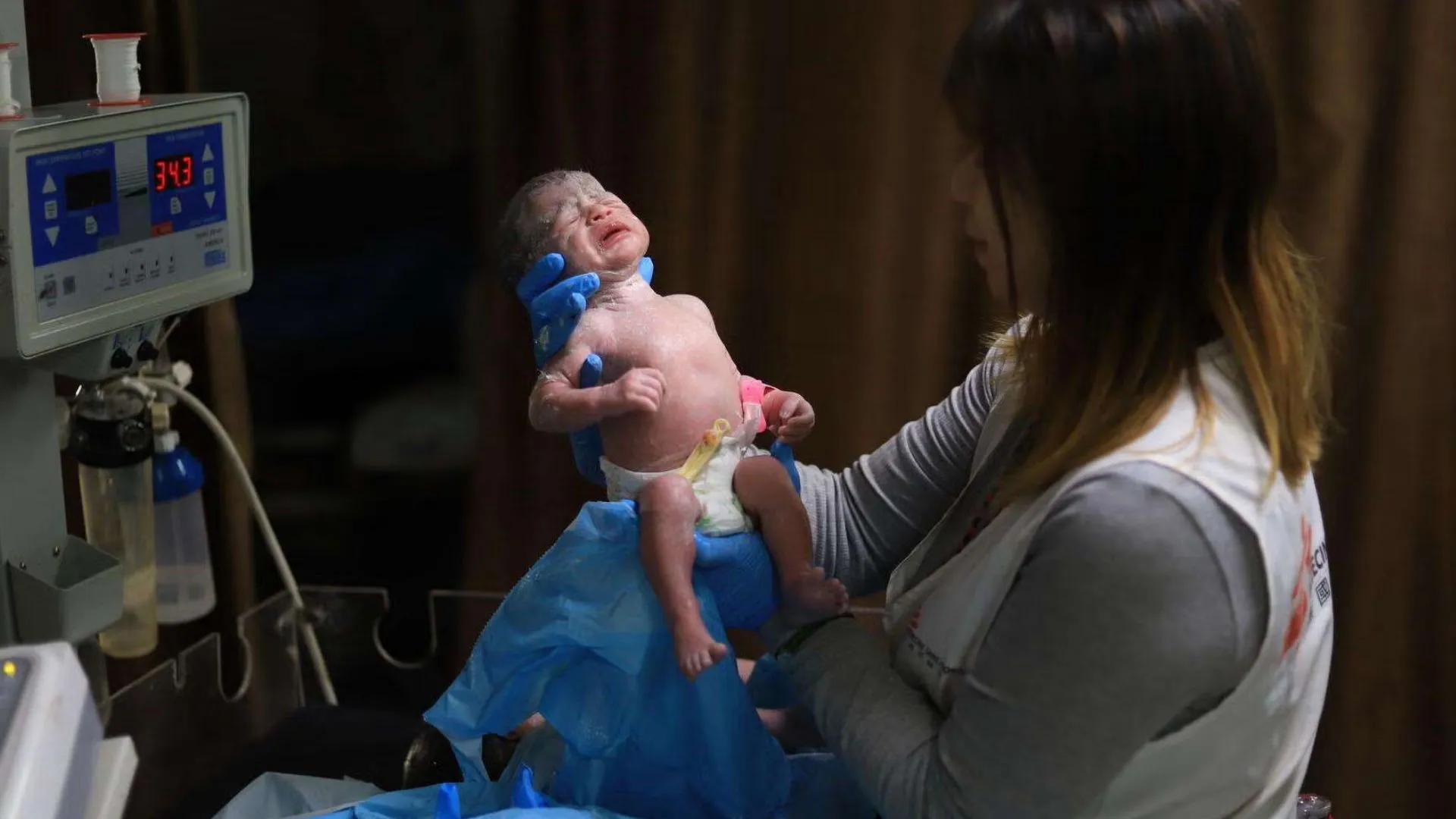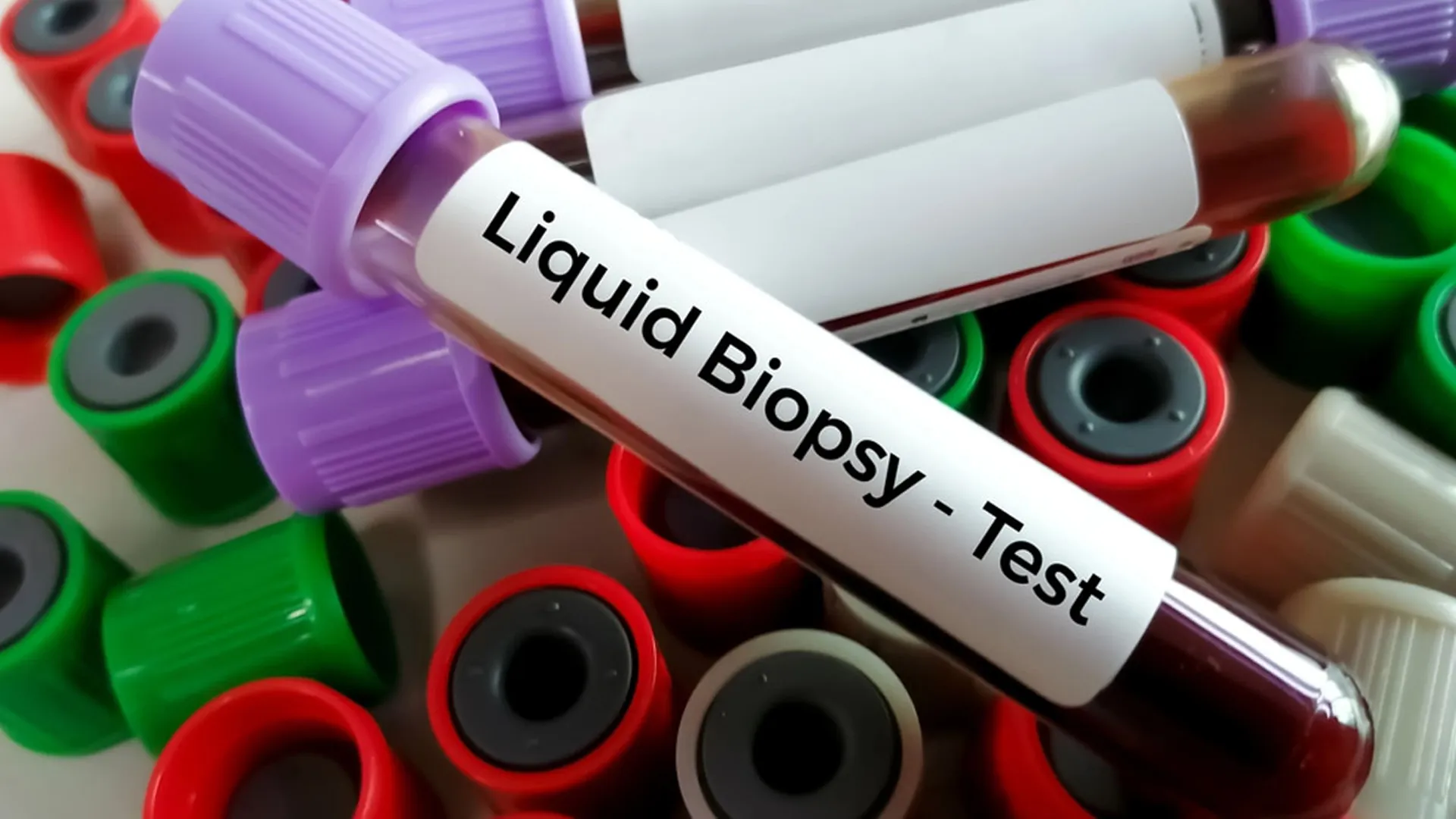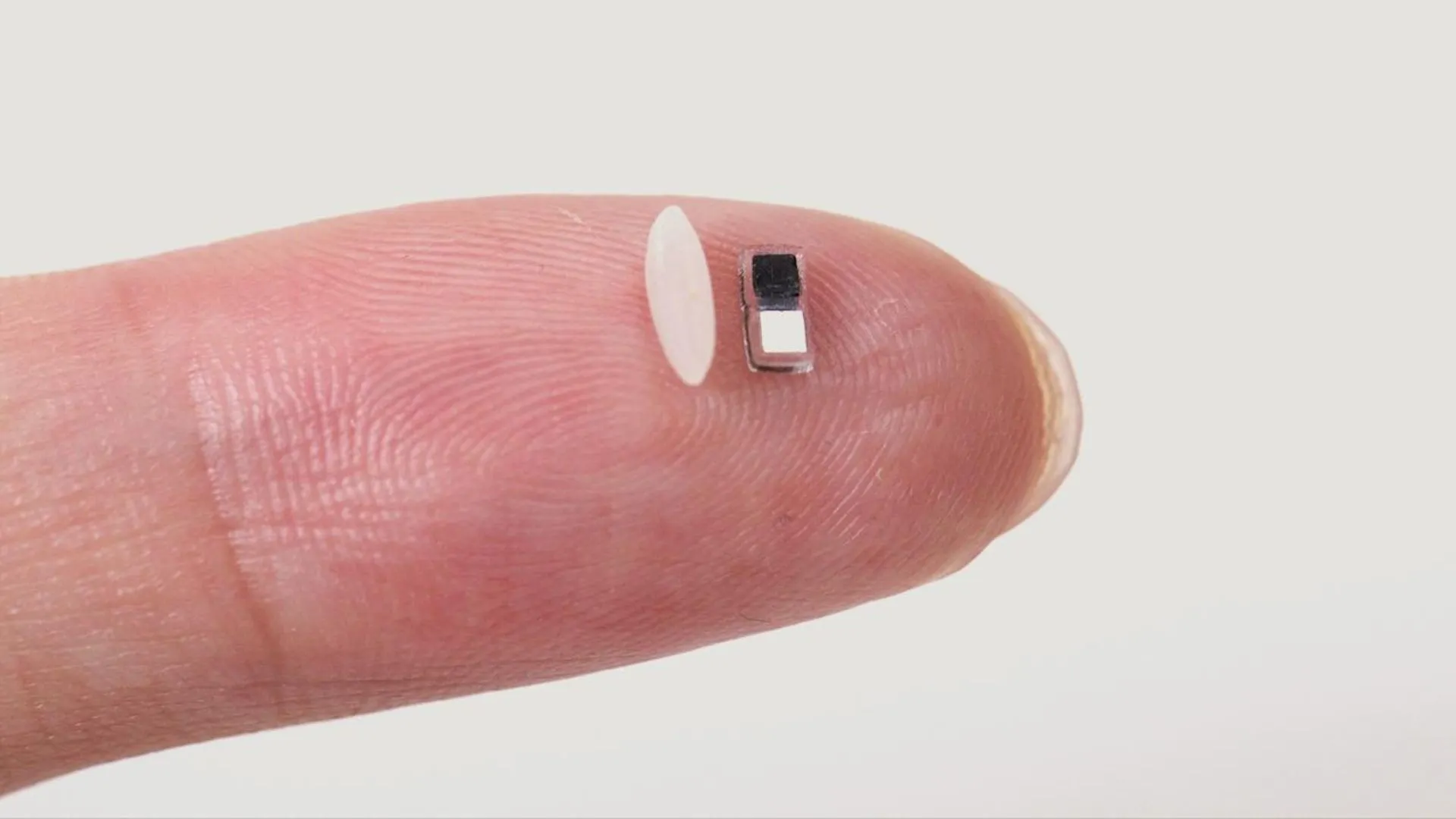Over the last few years, the global health landscape has been reshaped by the emergence of new viruses, with COVID-19 leading the charge. This viral pandemic captured the world’s attention, reshaping how people approach health and hygiene. However, while the world is still grappling with the long-term impacts of COVID-19, new viruses have also gained prominence. One such virus that has garnered attention recently is Human Metapneumovirus (HMPV), a respiratory pathogen that can cause illnesses similar to COVID-19. With the rise of both HMPV and COVID-19 cases, understanding their key differences, symptoms, transmission patterns, and associated dangers has become increasingly important.
In this article, we will compare HMPV and COVID-19 to understand how they differ and how they are similar. By looking at their symptoms, transmission, risk factors, and potential complications, we can better prepare for and manage these diseases. Additionally, we will explore the danger of misdiagnosing these conditions and the crucial role that early intervention and proper diagnosis play in ensuring positive outcomes. Read on to learn about the unique characteristics of each virus and how they impact global health.
What is HMPV?
Human Metapneumovirus (HMPV) is a virus that primarily affects the respiratory system. It was first discovered in 2001 and is a member of the Paramyxoviridae family, which also includes other well-known viruses like the respiratory syncytial virus (RSV) and the human parainfluenza virus. HMPV is most commonly associated with mild to moderate upper respiratory tract infections, but it can also cause more severe respiratory illnesses, particularly in vulnerable populations.
HMPV symptoms are similar to those of the common cold or flu and typically include coughing, fever, congestion, and a sore throat. However, in more severe cases, particularly among older adults, young children, and those with weakened immune systems, HMPV can lead to bronchiolitis, pneumonia, or even respiratory failure.
Like other respiratory viruses, HMPV spreads through droplets in the air when an infected person coughs, sneezes, or talks. It can also spread by touching surfaces contaminated with the virus and then touching the face, particularly the eyes, nose, or mouth. While there is no specific treatment for HMPV, supportive care such as hydration, pain relief, and monitoring of oxygen levels is often used to help patients recover.
What is COVID-19?
COVID-19, caused by the SARS-CoV-2 virus, was first identified in Wuhan, China, in December 2019 and quickly became a global pandemic. Unlike HMPV, which primarily affects the respiratory system, COVID-19 has a broader range of symptoms and can affect multiple organs, including the lungs, heart, kidneys, and even the brain. It can also lead to severe complications such as acute respiratory distress syndrome (ARDS), multi-organ failure, and death.
COVID-19 is highly contagious and spreads primarily through respiratory droplets, much like HMPV. However, COVID-19 also spreads through aerosols, which are tiny particles that can linger in the air for extended periods. This makes COVID-19 potentially more contagious than other viruses, particularly in enclosed spaces with poor ventilation.
The symptoms of COVID-19 can vary widely, ranging from mild to severe. Common symptoms include fever, cough, shortness of breath, loss of taste or smell, fatigue, and muscle aches. Severe cases may progress to pneumonia, ARDS, and organ damage, particularly in older adults and those with pre-existing health conditions.
The global efforts to combat COVID-19 have included the development of vaccines, which have proven to be highly effective in preventing severe illness and death. Treatments for COVID-19 include antiviral medications, steroids, and monoclonal antibodies, depending on the severity of the disease.
Key Differences Between HMPV and COVID-19
While both HMPV and COVID-19 affect the respiratory system and share some similar symptoms, they are distinct viruses with different characteristics. Here are some of the key differences between them:
1. Virus Type and Family
- HMPV is a paramyxovirus, which is part of a larger family of viruses that also includes RSV and human parainfluenza viruses.
- COVID-19, on the other hand, is caused by a coronavirus (SARS-CoV-2), which is a different family of viruses that also includes the original SARS virus (SARS-CoV) and the Middle East Respiratory Syndrome (MERS) virus.
2. Transmission
- Both viruses spread through respiratory droplets, but COVID-19 has a higher risk of transmission through aerosols, which are much smaller particles that can remain suspended in the air for longer periods. This has made COVID-19 particularly challenging to control in indoor spaces with limited ventilation.
- HMPV primarily spreads through larger droplets and direct contact with contaminated surfaces. While it can spread in crowded settings, it does not spread as easily through aerosols as COVID-19.
3. Severity of Illness
- HMPV typically causes mild to moderate upper respiratory tract infections and is generally less likely to cause severe illness in healthy individuals. However, it can still lead to serious respiratory problems in young children, older adults, and immunocompromised individuals.
- COVID-19, in contrast, can lead to a wide range of severity, from mild symptoms to severe illness, organ damage, and death. COVID-19 has also been associated with long-term complications, referred to as “long COVID,” where patients experience symptoms like fatigue, brain fog, and muscle weakness for weeks or months after recovering from the acute infection.
4. Symptoms
- The symptoms of HMPV are typically limited to the respiratory system and include cough, fever, sore throat, congestion, and shortness of breath. In more severe cases, it can cause bronchiolitis or pneumonia.
- COVID-19, however, can cause a broader range of symptoms, affecting not only the respiratory system but also the gastrointestinal system, cardiovascular system, and nervous system. COVID-19 symptoms may include fever, cough, shortness of breath, fatigue, muscle aches, headache, and loss of taste or smell. Severe cases may lead to pneumonia, ARDS, and multi-organ failure.
5. Long-Term Effects
- HMPV generally does not have significant long-term effects. Most individuals recover fully after a few days to weeks, although older adults and those with compromised immune systems may experience prolonged recovery periods.
- COVID-19, on the other hand, is associated with long-term health issues. Even after the acute infection has cleared, some individuals continue to experience symptoms such as fatigue, chest pain, and cognitive dysfunction for months. This condition, known as long COVID, has raised significant concerns about the virus’s long-term impact on global health.
Commonalities Between HMPV and COVID-19
While there are several differences between HMPV and COVID-19, there are also important similarities. Here are some of the key commonalities:
1. Respiratory Symptoms
Both viruses primarily affect the respiratory system, causing symptoms such as cough, fever, sore throat, and shortness of breath. These overlapping symptoms can make it difficult to distinguish between the two infections without proper testing.
2. At-Risk Populations
Both HMPV and COVID-19 are more likely to cause severe illness in vulnerable populations, including older adults, young children, and individuals with pre-existing health conditions, such as heart disease or diabetes. Individuals with weakened immune systems are also at higher risk for complications from both viruses.
3. Prevention Measures
The preventive measures for both HMPV and COVID-19 are similar. These include wearing masks, practicing physical distancing, frequent handwashing, and avoiding close contact with sick individuals. Vaccination against COVID-19 has been a critical tool in controlling the spread of that virus, while no such vaccine currently exists for HMPV.
The Danger of Misdiagnosis
One of the significant challenges posed by both HMPV and COVID-19 is the difficulty in diagnosing them based on symptoms alone. As mentioned, both viruses present with similar respiratory symptoms, which can make it challenging for healthcare providers to distinguish between them without proper diagnostic testing.
A misdiagnosis can delay treatment and increase the risk of complications. In addition, since both viruses are highly contagious, misdiagnosing one as the other could lead to inadequate isolation and unnecessary exposure to others, exacerbating the spread of infection.
In conclusion, while both HMPV and COVID-19 are respiratory viruses that can lead to severe illness, they differ in their transmission mechanisms, severity of illness, and long-term impacts. Understanding these differences is crucial for timely diagnosis and treatment. Both viruses pose a significant risk to vulnerable populations, including older adults, young children, and immunocompromised individuals.
As we continue to navigate the challenges posed by these viruses, it is important to stay informed about their symptoms, transmission, and prevention. Public health measures, such as vaccination for COVID-19 and improved diagnostic tools for both diseases, will play a critical role in managing these infections and reducing their global impact.






















